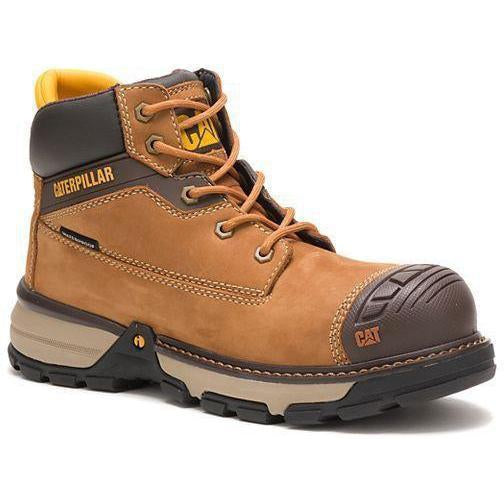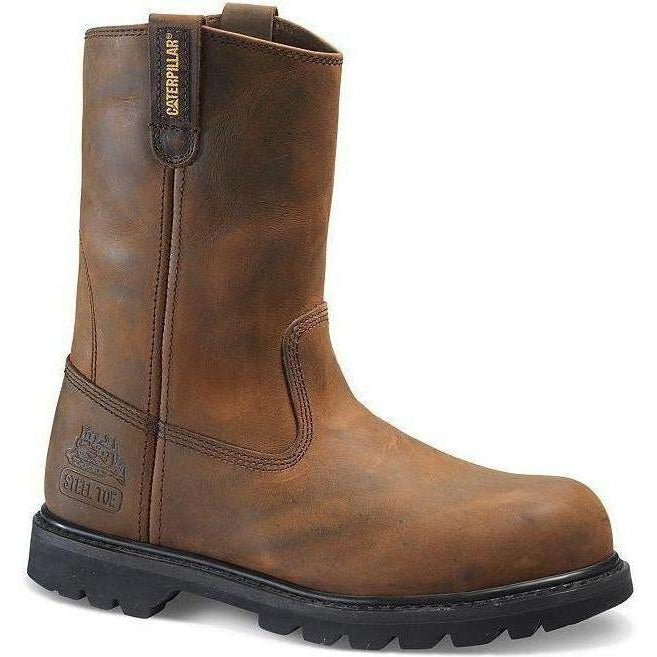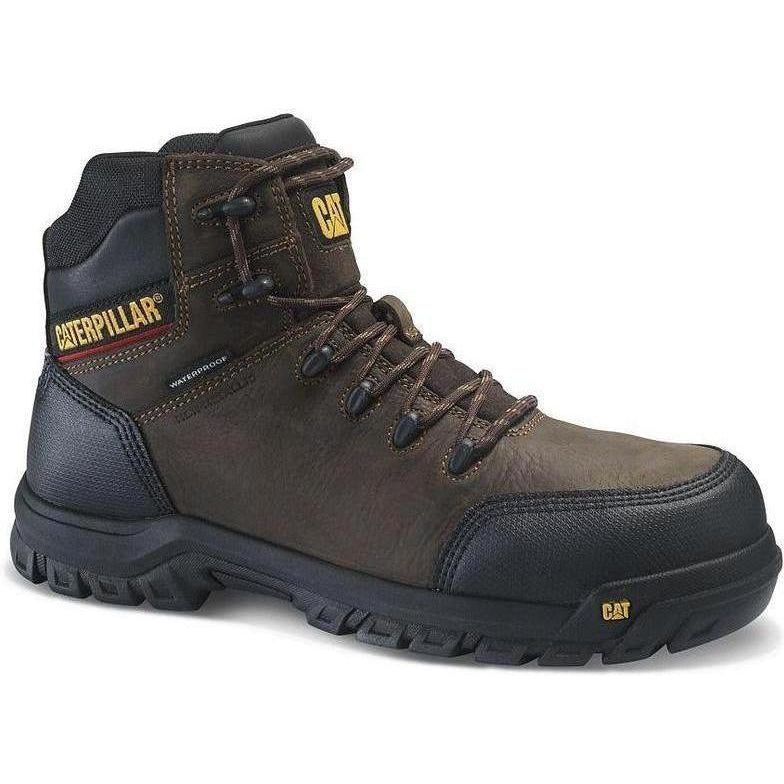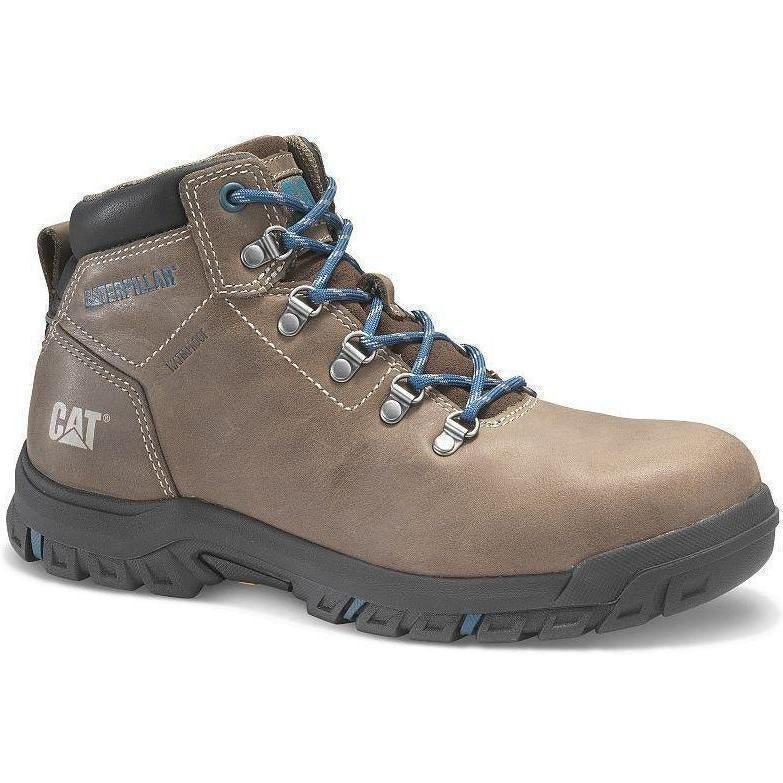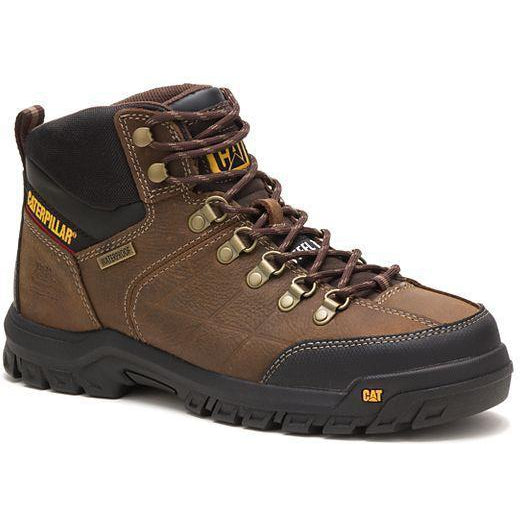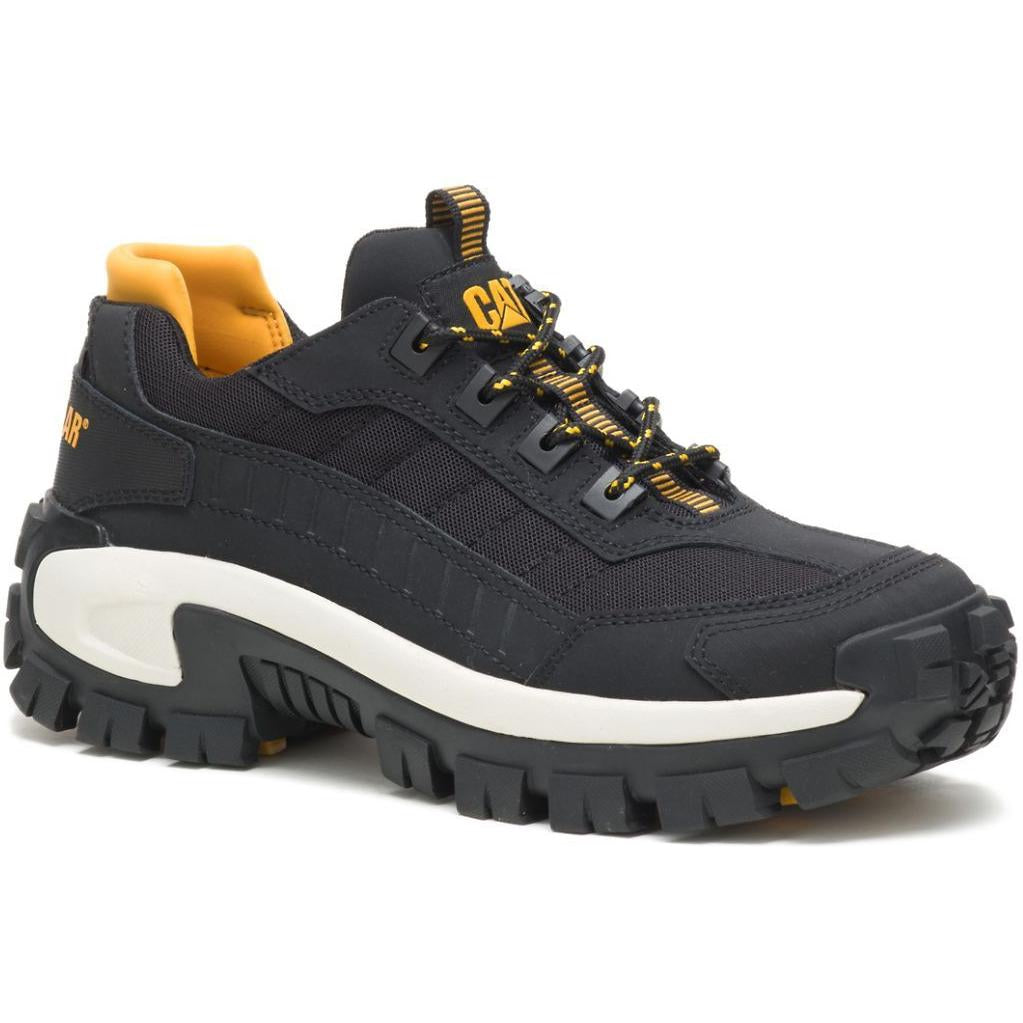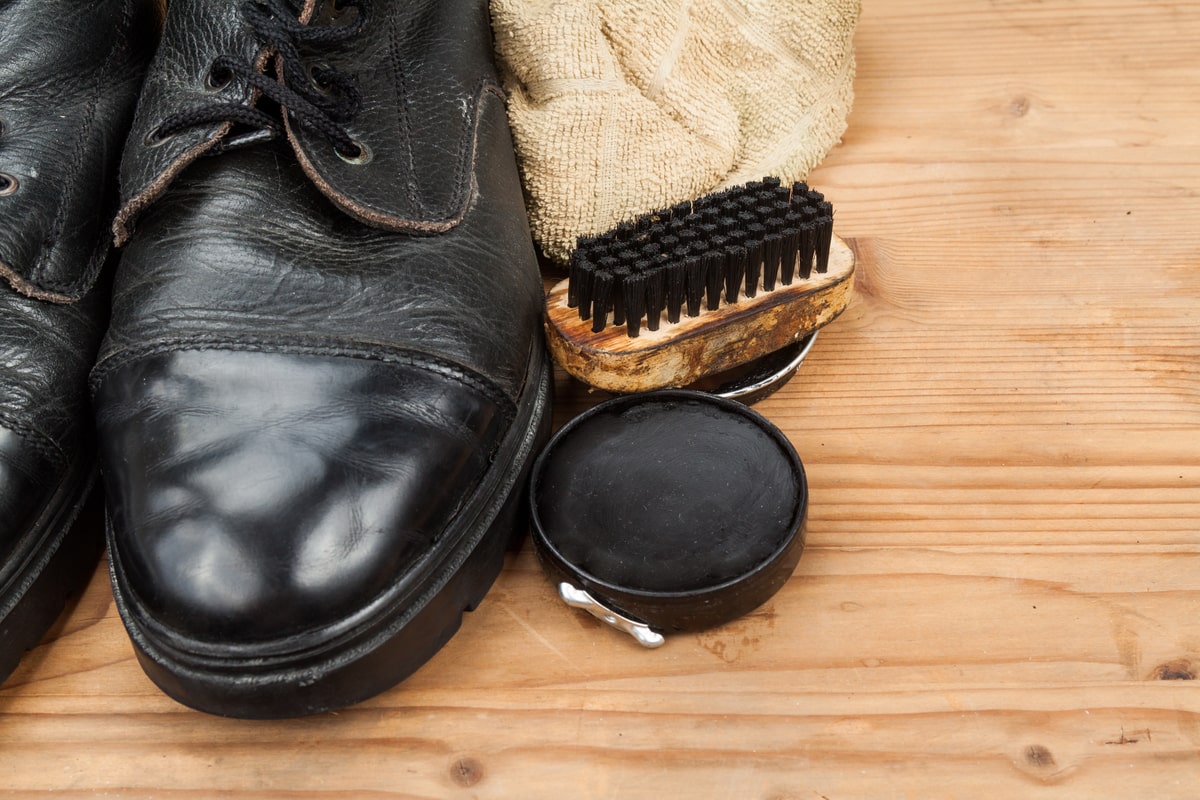A pair of good Caterpillar leather work boots isn’t cheap and you, naturally, want them to last as long as possible. High-quality boots have a long shelf life by themselves, but with proper care, they can last for years. So, learning how to care for Caterpillar boots is a smart move – you take care of your boots, they take care of you.
In addition, new boots or shoes often don’t fit as well as your old pair. Proper care can help the boots mold to your feet, so you don’t need to spend weeks breaking them in. We’ll cover how to care for your old leather, nubuck, or suede boots and shoes, and how to quickly break in new ones.
Cleaning Your Leather Boots
The first part of cleaning is removing any dirt or debris from the boots. Use a moist towel or cloth to remove most of it and then use a brush to remove the rest. Generally, a softer brush should be used for regular leather, while tougher, perlon bristle brushes are best used on suede and nubuck. However, you can use any brush you have on hand as long as you are careful not to scrape the leather.
Removing Stains
After you are done with removing the first layer of dirt, you can get to work on removing tough stains. While you can buy specialized products, more often than not household items will get the job done.
[prc-collections-carousel]
Cleaning Leather Boots With Household Items
The first method is the easiest – soap and water. Simply make a solution of soap and water and use it to clean your boots or shoes. Dip a brush or cloth into the solution and start cleaning your boots. There is one thing you should pay attention to here – do not apply the solution directly to the leather (it can stain it). As we said, dip your brush into the cleaning solution and scrub away.
You can use the same method to clean the inside of your boot, just be careful not to overdo it, as the inner lining is more sensitive than the outer leather. After you are done, leave the boots or shoes to dry naturally. This method should take care of regular stains, but for persistent stains, you exchange soap for another ingredient – vinegar.
Vinegar is a natural cleaner that you likely have in your home. If not, you can get it at any local shop. Make a mixture of 10 parts water, 1 part vinegar. Let your cloth soak in the mixture for 5-10 minutes, squeeze out any excess liquid, and rub the stain thoroughly. Vinegar has a strong smell, so you may want to air the boots or shoes somewhere with good ventilation. As you can see, the first step in learning how to care for Caterpillar work boots is not that hard.
Cleaning Nubuck and Suede
Suede and nubuck are similar materials, with nubuck being somewhat tougher. However, neither mixes well with water and can stain easily, so a dry cleaning method is preferred. While you can use the soap and water mixture discussed previously, you will have to be very delicate, especially with suede.
Your best bet is to use a dry brush and scrub away thoroughly until your boots or shoes are clean. After that, use an eraser to remove any scuffs or scrapes. Once you are finished, give them one more brushing in one direction to achieve a uniform look.
Cleaning With Specialty Products
There are many specialty cleaning products on the market, each designed for a special type of leather. Covering them all would not be possible, so the best advice we can give is – read the instructions. Each product is specially designed for a specific type of material, so make sure you get the right one.
Leather Conditioners and Waterproofing
First things first – your leather boots and shoes need to be clean before you apply conditioners and waterproof spray.
Applying leather conditioners serves a dual purpose – rehydrating the boots and making the leather more supple. Over time, leather dries out, making it stiffer. Conditioners help your boots and shoes regain their moisture. You can also apply it to a new pair of leather boots, to make the breaking in process faster.
After you have applied conditioner to your new boots, wear them around the house for an hour or two, to allow the leather to mold to your feet. You can also stuff them with cloth overnight to speed up the process. Just make sure you don’t overstuff, so that the leather stretches too much. After you are done, use a brush to remove any excess conditioner.
Once the conditioner has soaked in, you should evenly spray water repellent over your boots or shoes. Water-based repellents are your safest bet – they are excellent at waterproofing, don’t contain petroleum which can stretch the boot, and do not hamper the breathability of the leather. Once you are done waterproofing your boots, simply brush away the excess repellent, if any.
How To Care For Caterpillar Work Boots - A Few General Tips
[prc-collections-carousel]
As you can see, caring for leather boots is not that difficult. In short, the process goes: clean, apply conditioner, waterproof. Here a few other things you should keep in mind if you want your leather boots and shoes to last:
- Employ the care routine about once a month, or after heavy use.
- Ask your retailer what care products they recommend – some shoes may require specialty products, like wax, oil, or special spray.
- Let your shoes dry naturally. High heat can damage leather – even direct sunlight at high temperatures.
- Check the instructions for the conditioner creams you use – you can use most on many types of leather, but suede requires special care.
If you’ve been wondering how to care for Caterpillar work boots, we hope you’ve found your answer. Even if it seems like this is a lot of work, once you’ve gotten the hang of it, the whole process will take you about 15 minutes. Investing 15 minutes once a month is not too high a price to pay to have long-lasting footwear.
